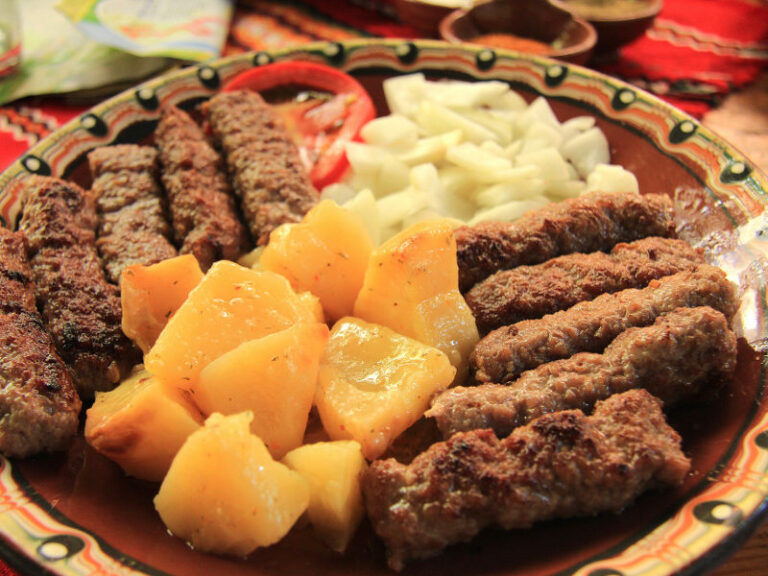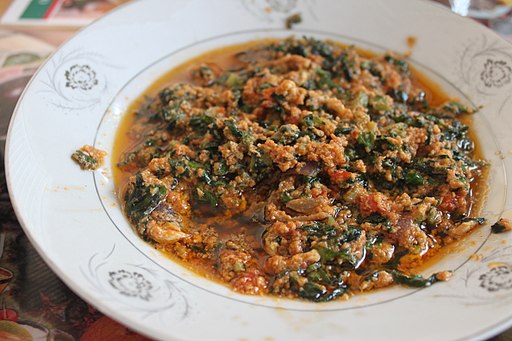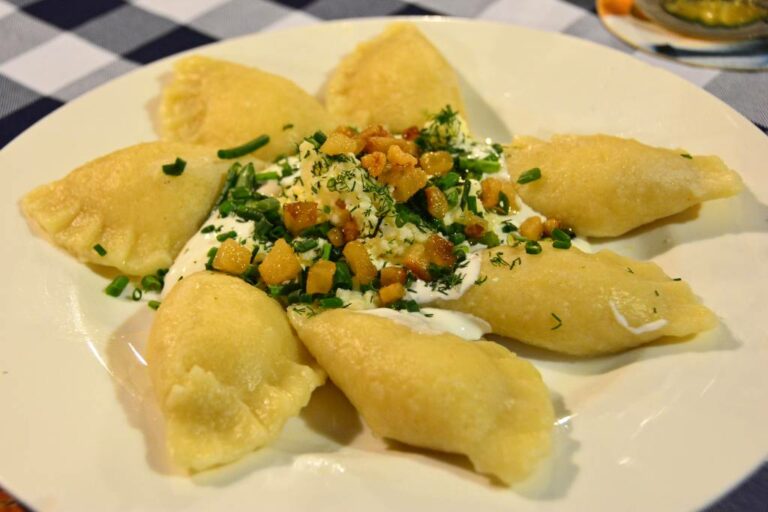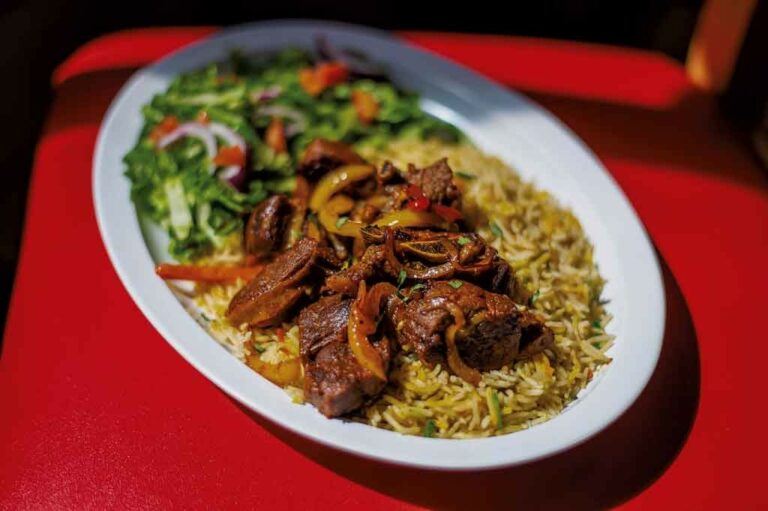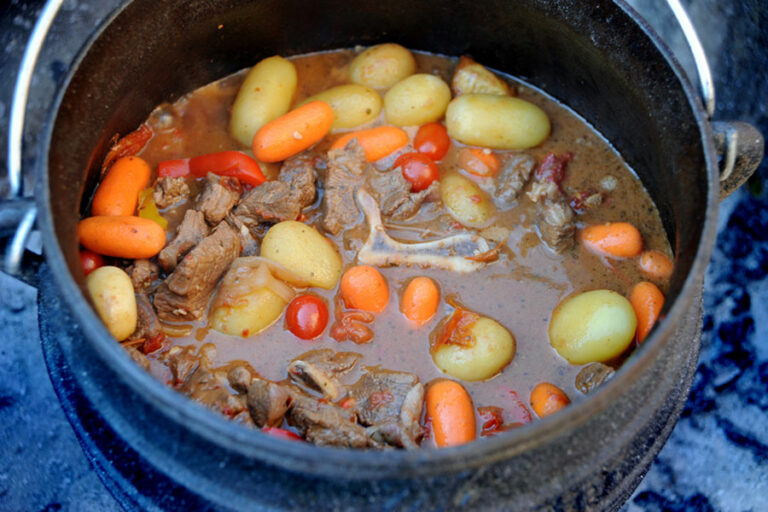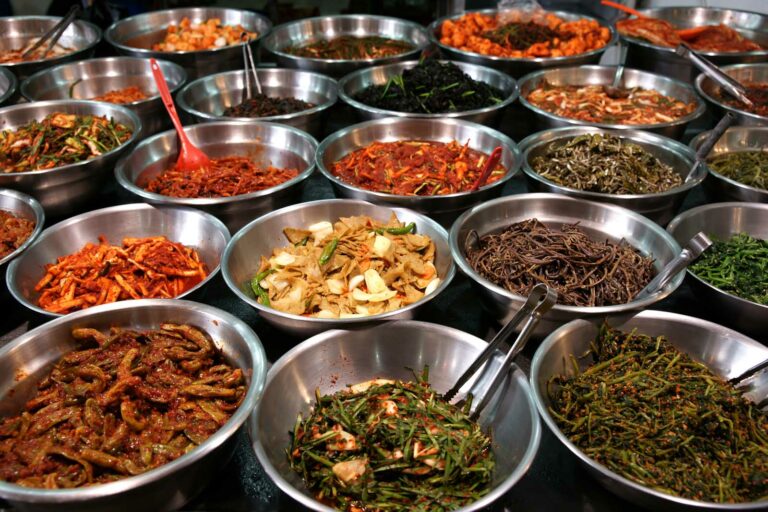Introduction: Serbian Cuisine and Ottoman Influence
Serbian cuisine is known for its rich and diverse flavors, influenced by the country’s history and cultural heritage. One of the significant influences on Serbian cuisine is the Ottoman Empire, which ruled over Serbia for almost four centuries. The Ottoman Empire brought with it a rich and varied culinary tradition that has had a lasting impact on Serbian dishes. In this article, we will explore the historical background of the Ottoman Empire in Serbia and its culinary influence on Serbian cuisine.
Historical Background of the Ottoman Empire in Serbia
The Ottoman Empire ruled over Serbia from the late 14th century until the early 19th century. During this period, the Ottomans introduced their culture, traditions, and culinary practices to the region. The Ottomans brought with them a diverse range of ingredients and spices, including cinnamon, ginger, saffron, and cloves, to name a few. They also introduced cooking techniques such as slow cooking and grilling, which have become an essential part of Serbian cuisine.
Common Ingredients and Spices in Serbian Dishes and Ottoman Cuisine
The Ottomans and Serbians share several common ingredients and spices. One of the most crucial ingredients is lamb, which is used in many traditional Serbian and Ottoman dishes. Another common ingredient is yogurt, which is used to add richness and creaminess to dishes. Both cuisines also use a wide range of herbs and spices, such as paprika, cumin, and coriander.
The Impact of Ottoman Cuisine on Serbian Dishes
The Ottomans had a significant influence on Serbian cuisine, introducing new ingredients, cooking techniques, and dishes. The Ottomans were known for their rich and flavorful stews, which they called “tavas.” Serbian cuisine has many similar dishes, such as “goulash” and “podvarak,” which are often made with lamb or beef and slow-cooked with vegetables. The Ottomans also introduced a range of sweet and savory pastries, such as “burek” and “baklava,” which have become staples in Serbian cuisine.
Examples of Serbian Dishes with Ottoman Influence
One of the most popular Serbian dishes with Ottoman influence is “cevapi.” Cevapi is a type of grilled meatball, traditionally made with lamb or beef, and served with onions, bread, and a spicy pepper spread. Another example is “sarma,” which is a stuffed cabbage roll filled with ground meat, rice, and spices. Sarma is often served with yogurt and is a favorite dish during the winter months.
Conclusion: The Legacy of Ottoman Cuisine in Serbian Culture
The Ottoman Empire may have left Serbia almost two centuries ago, but its legacy lives on in Serbian cuisine. The Ottomans brought with them a rich and varied culinary tradition that has had a lasting impact on Serbian dishes. Today, Serbian cuisine is a fusion of different culinary traditions, including Ottoman, Balkan, and European. Serbian cuisine is a testament to the country’s rich cultural heritage and is a reminder of the lasting impact that the Ottoman Empire had on the region.

